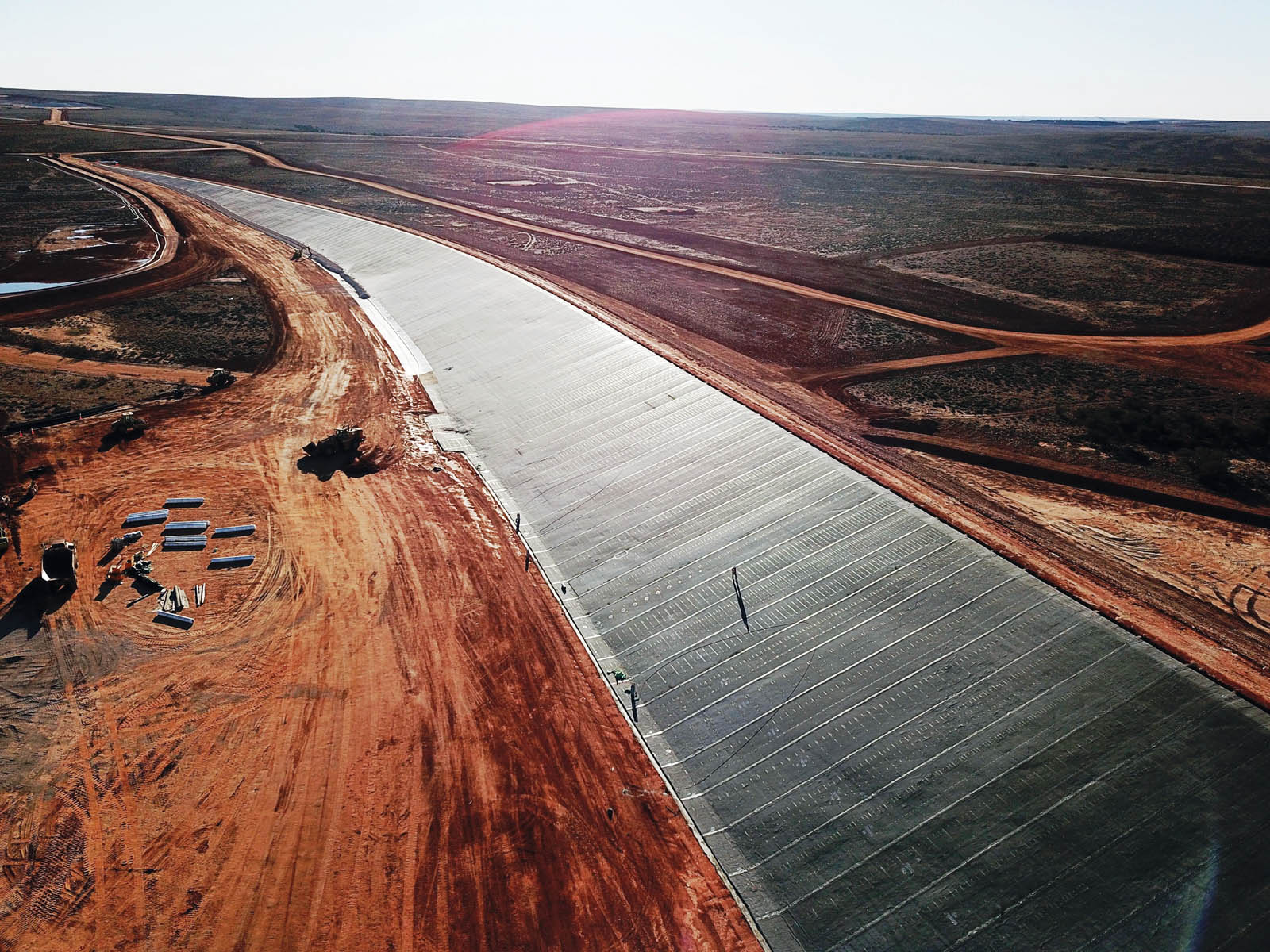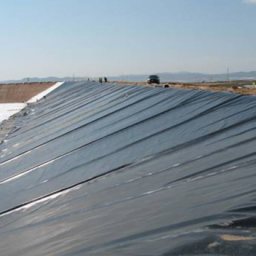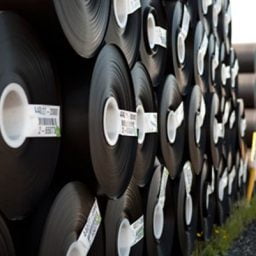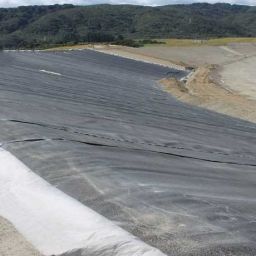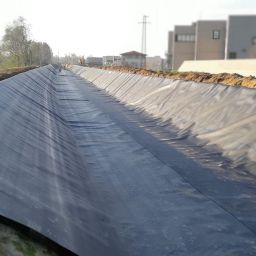News
Rise of BGMs Causing a Stir
Authors
By GNA Editor | 13th November 2023
Last week’s GNA post https://www.excelplas.com/the-rise-of-bgms-a-decade-of-transformation-in-geomembrane-industry/ on the dramatic market growth of BGMs at the expense of HDPE geomembranes led to much discussion.
The article was pointing out that BGMs are now being used in large quantities on a range of different applications, and this is true and it is disrupting the geomembrane market.
BGMs have a range of interesting properties which are solving design challenges on projects, and there is tremendous ongoing business in multiple phases on many ongoing projects because the BGM is performing well.
However all geomembranes have their pros and cons, and there is no perfect geomembrane for every application, hence BGMs are have some weaknesses. But in actual fact these weaknesses have already been identified the BGM manufacturers who are constantly looking to improve their product and are working to amongst other things:
- reduce surface temperature effects from the sun and extend long term UV resistance by using white-surface BGM;
- modify the bitumen binder to enhance shear resistance at higher temperatures;
- use reflective strips/coatings on exposed seams to reduce surface temperatures and extend UV/heat resistance
BGMs are definitely being used more and more on big projects as they confer advantageous functional performance properties over HDPE geomembranes such as their conformal use on steep slopes, no thermally induced wrinkles, outstanding puncture resistance, good wind uplift resistance etc.
The photograph below is of a recent major BGM installation at Queensland’s largest gold tailings facility. The BGM is installed on very steep slopes at 1.75H:1V and very large areas (over 1 million m2 of Coletanche BGM was used). Thus BGMs are being used in much bigger and challenging projects than ever before hence this is a watershed moment for BGM widespread adoption.
Figure 1. One notable trend is the increasing utilization of BGMs in large and challenging projects. This shift in the industry is evident in projects like Queensland’s largest gold tailings facility pictured, where over 1 million square meters of Coletanche BGMs were used. The BGMs in this project were installed on very steep slopes at 1.75H:1V.
Last week’s post on BGMs has raised the level of awareness amongst industry practitioners, and lively debate is good for growing the industry as a whole.
While BGMs offer numerous advantages, it’s essential to recognize that there is no one-size-fits-all solution in the world of geomembranes. Manufacturers are actively working to improve BGMs by addressing their weaknesses and enhancing their performance properties. This evolution signifies a watershed moment in the widespread adoption of BGMs, marking a significant shift in the geomembrane landscape and setting the stage for continued innovation and growth in the industry.


